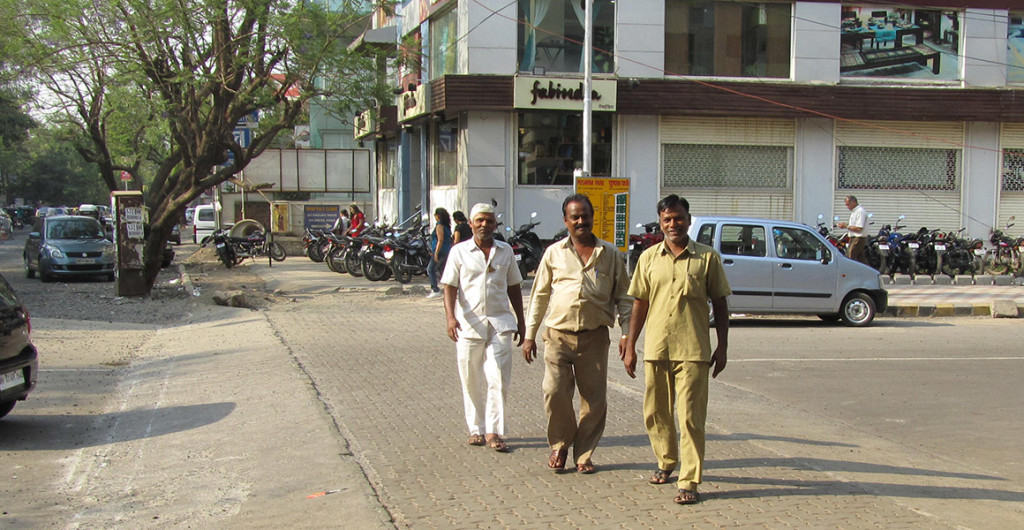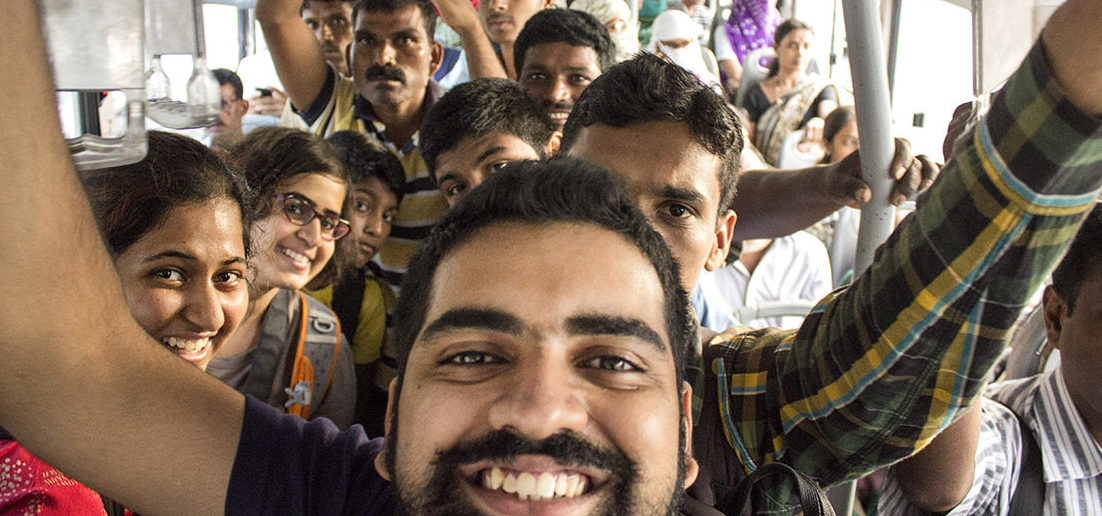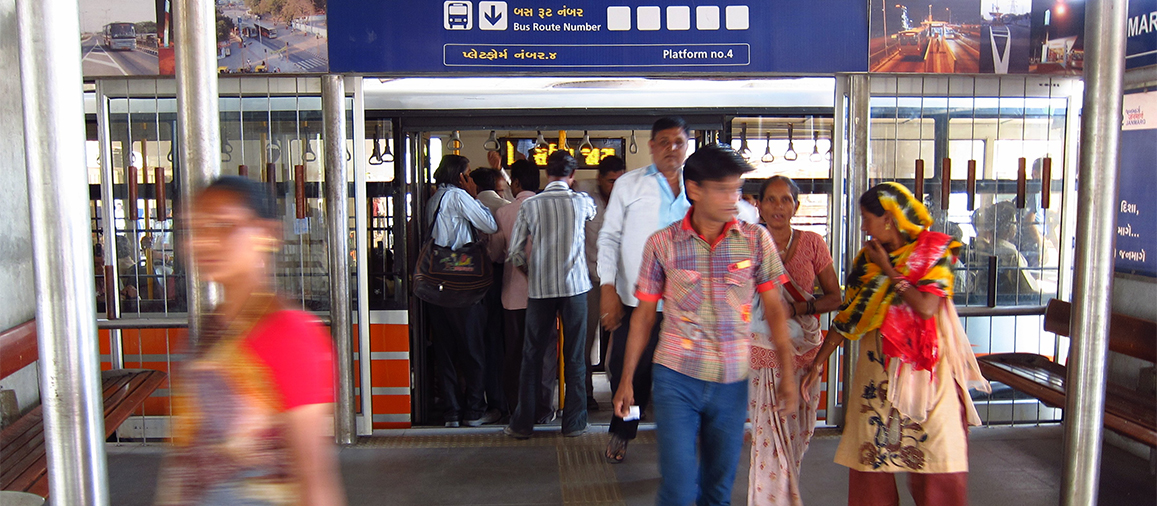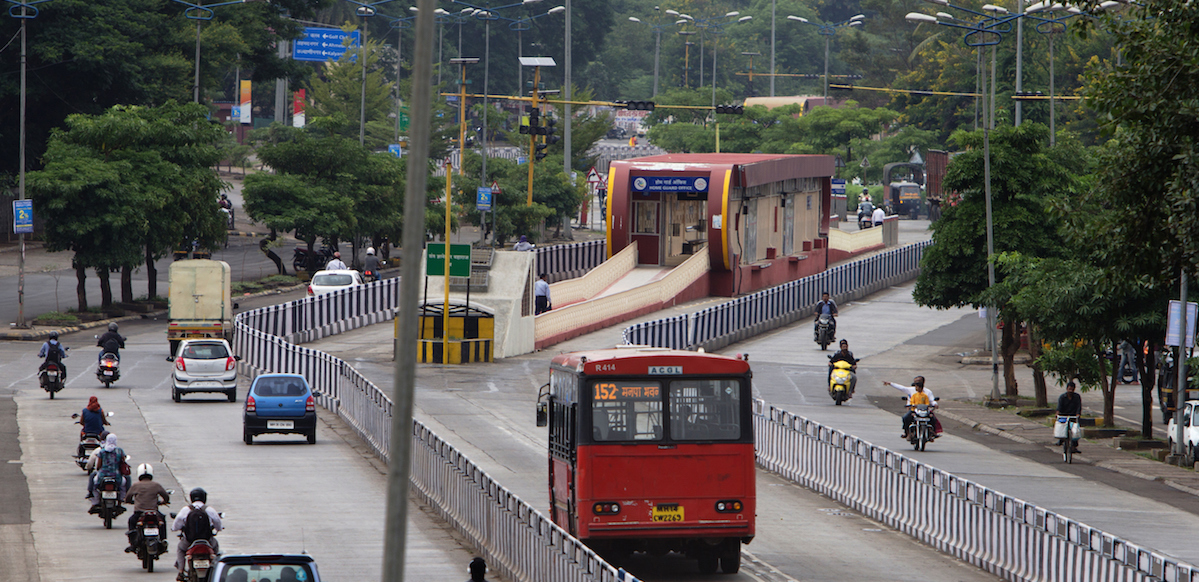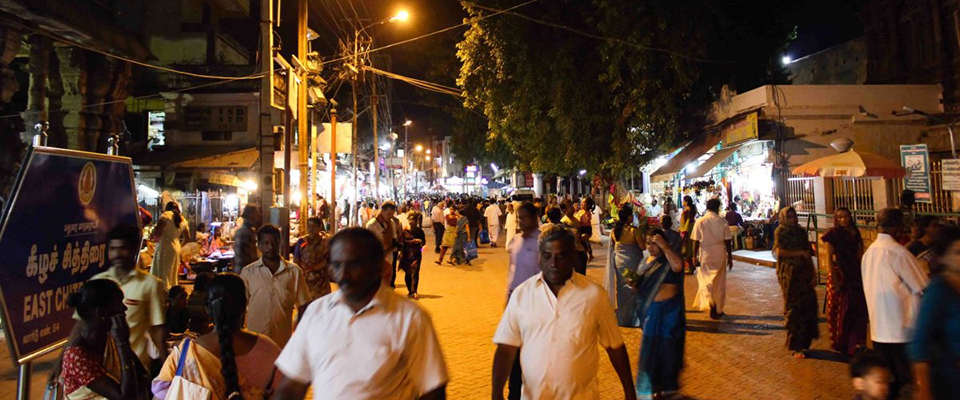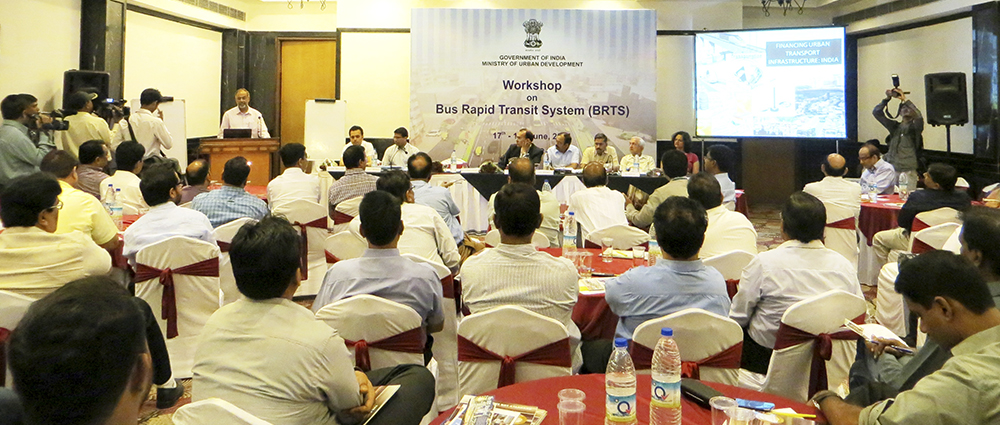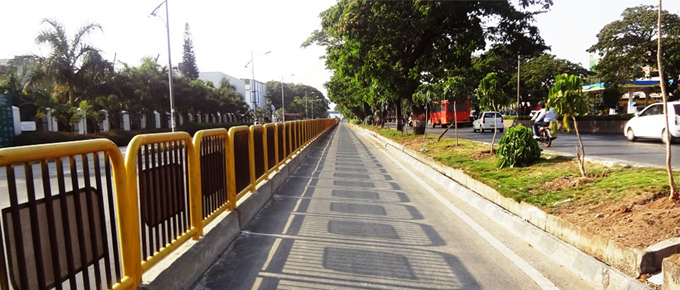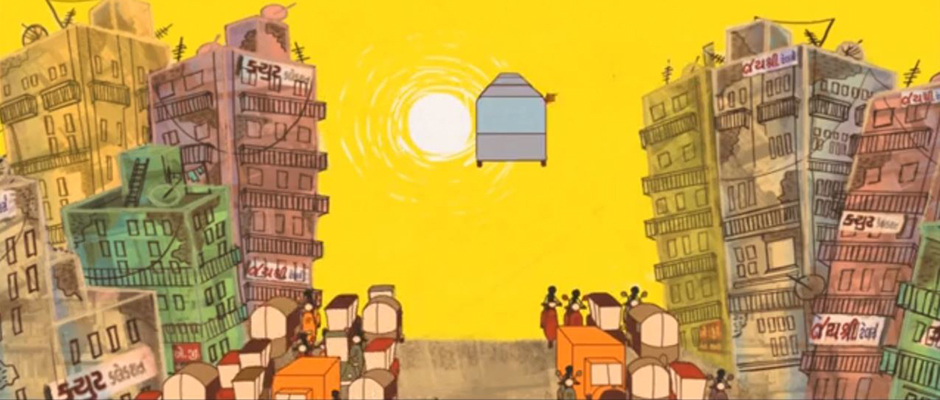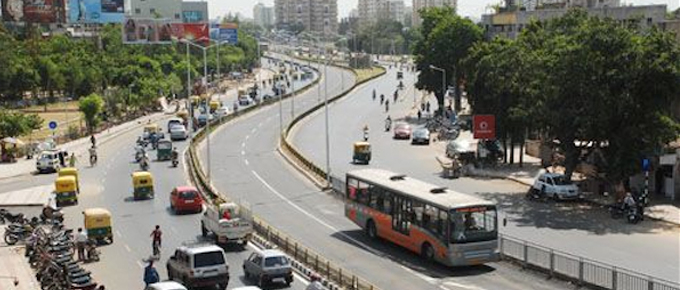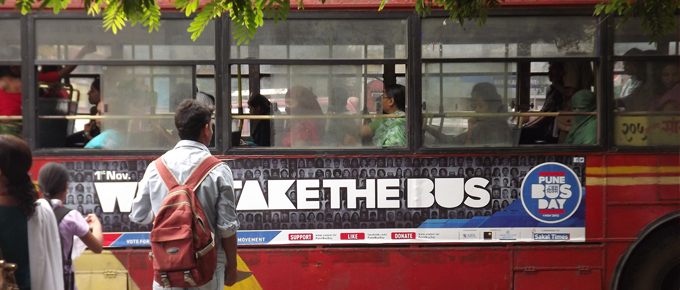Pune, a city of 3.5 million in western India, has been facing increasingly acute traffic congestion for the last several years. Growing population, wider sprawl and increasing income levels have poured two-wheelers and cars on Pune’s streets at a rate the city was not prepared for. Always finding itself in a reactive mode, the city tried to combat congestion with wider roads and flyovers, only to discover that the cars kept coming and the problems got worse. Despite Pune’s long history of loving the bicycle, investments that made using a car or a two wheeler easier always seemed to take precedence.
Then, in the 2016-17 budget, something happened. The city of Pune recently announced they plan to spend 50% of the transportation budget on BRT, footpaths and cycle tracks next year. This is a major leap for the city, and an example for Indian cities on how to prioritize sustainable transport of all kinds.
In earlier years, the city did spend some money improving bus stops, buying buses and building footpaths, but these projects were generally considered extra benefits for residents, rather than integral parts of the transportation infrastructure. While 20-25% went to improving footpaths and the bus service, the municipal budgets allocated a major portion of their transportation budget to benefit personal motor vehicles, and hardly anything was spent on bicycling facilities. In plans for next year’s budget, however, that number has doubled, thanks to the rising understanding and role of sustainable transportation in Pune.
In 2015, Pune got its first BRT corridor, “Rainbow”. The 8 km corridor is part of a planned 102 km network that is under construction. The system had been planned for quite a while, until the Pune Commissioner Mr Kumar recognized its benefits and decided to give it the push it needed to finish construction. Today, 12% of Rainbow’s riders have switched from other modes to the bus. It is easy to see that extending the network will boost the modal shift further. This recognition of sustainable transport’s benefits has sparked a new era of focus on BRT, cycling and walking for Pune, and the budget is the next step.

This recognition of sustainable transport’s benefits has sparked a new era of focus on BRT, cycling and walking for Pune, and the budget is the next step.
For 2016-17, Mr. Kumar realized that promoting public transport, walking and cycling is the best way to improve transportation in Pune. After many discussions with ITDP, his proposed budget allocates more resources to these modes than ever. The budget includes funds for a further 30 km of Rainbow BRT. Cycle tracks and modern footpaths are planned along the upcoming 14 km Nagar Road BRT corridor, which will make it the longest corridor in the country to support BRT with good pedestrian and cycling facilities. Mr. Kumar has allocated funds for another 70 km footpaths in other parts of Pune as well.
The funding will support the city’s impressive new plans and policies. Pune is working on a new pedestrian policy, a parking policy that aims to charge for parking spaces and use the revenue for facilities for sustainable modes, and a bicycle plan to increase the mode share of cycling in the city. In addition, Mr. Kumar is initiating reforms like establishing an Urban Transport Fund (UTF), funded by revenues from road tax, road trenching fees, and parking fees, and will be used for sustainable transportation projects.
With such a significant leap in the Commissioner’s budget for 2016-17, all are optimistic that Pune will not only be on a strong course for sustainability, but will also provide a role model and inspiration to other cities in the state and the country.




